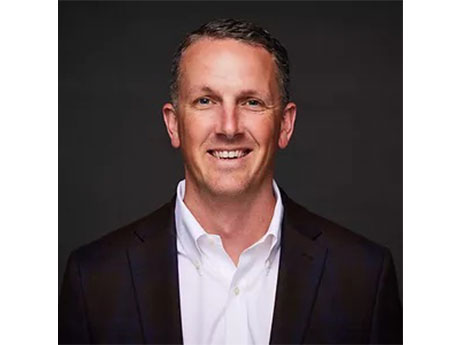Operators must transform approaches to the workforce shortage and accommodate the next generation of seniors.
By Taylor Mokris
From profitability to safety, seniors housing continues to be a story of post-pandemic resiliency. But as all industries enter the so-called “new normal,” seniors housing is no stranger to the challenges of this new reality.
The shift toward a gig economy and the looming retirement of the baby boomer generation both present emerging challenges and opportunities for seniors housing providers. Solving the workforce shortage and rethinking what seniors housing communities can look like are essential for the continued growth and health of the seniors housing industry, as well as its core mission to provide world-class care for our aging population.
Building a long-term workforce pipeline
Working with seniors can often include tough, emotional labor, in which employees balance the fulfillment of caring for seniors with long shifts and other challenges. These realities have always made workforce retention a challenge.
But with the pandemic-era digital economy attracting many workers, operators need to do more to recruit and retain a dedicated workforce. Some providers have turned to staffing agencies to address the shortage of workers in the short term. However, operators must focus on sustainable, long-term solutions to attracting and retaining employees given how particularly invaluable experienced and dedicated staff are in the industry.
Operators must emphasize the tangible benefits a career in seniors housing can provide that other digital economy jobs cannot. Providers should focus on and highlight the long-term career paths that the industry offers, where real growth opportunities are coupled with fulfilling work.
Many leaders in the seniors housing industry began at the entry level, but worked their way up to regional management and beyond. Elevating these stories of career growth are essential to putting a face to the seniors housing industry’s pitch.
Additionally, operators that provide training in the beginning and throughout an employee’s career can point to strong company cultures forged by continued recognition and investment in talent. Getting the word out about the opportunities in the seniors housing industry by using both traditional advertising, social media and word-of-mouth are some of the best ways providers can close the labor gap.
Accommodating a new generation of seniors
While workforce recruitment and retention remain a problem, the other big challenge seniors housing faces is accommodating a new generation of seniors with different expectations and needs. As the baby boomer generation retires, seniors housing providers should invest in a new generation of housing facilities and services tailored to serve a more active generation.
Operators should focus on creating country club-like facilities, where active seniors can enjoy each other’s company with the flexibility they need to visit restaurants, golf and travel.
For providers, active seniors offer a great opportunity to expand to new audiences while maintaining traditional assisted living and memory care options for those who need them.
Many baby boomers entering seniors housing now and over the coming years are exiting homeownership and fulfilling careers, but may simply want less responsibility. They aren’t ready for full-scale assisted living or memory care, but want to be around other seniors and enjoy their independence.
Operators should practice highlighting the differences between their active senior communities and more involved assisted living options, given how important it is for seniors to know that they’re being served appropriately for their unique needs.
Yet, for active seniors who grow to need more assistance, having an ecosystem that includes assisted living and memory care can be reassuring.
Seniors and their families will always expect excellent service at a reasonable price for both assisted living care and active seniors communities. Providers should also be mindful that baby boomers expect a high degree of choice and only want to pay for the meals and services they need.
A one-size-fits-most package can be a helpful starting point, but options and flexibility will help baby boomers feel more comfortable in any seniors housing community.
A strong case for optimism and action
The labor shortage in seniors housing and the growing need to accommodate the baby boomer generation are clear challenges that won’t be solved overnight.
Providers need to communicate to prospective employees that a career in seniors housing is about fulfillment and growth for the long term as much as it is about a paycheck today.
To cater to the baby boomer generation, providers need to ensure that their offerings for the active senior are strong, given that many healthy seniors aren’t ready for traditional assisted living or memory care. Despite these challenges, it’s important to remember that there’s good reason to remain optimistic about the industry, including the reality that seniors housing is closing in on its pre-COVID-19 occupancy rates and the continued growth across the industry.
Generational shifts and labor shortages might be complicated issues, but tackling these challenges head-on is essential to ensure that the seniors housing industry will continue to provide the best living experience possible for a generation that has given so much to so many.
Taylor Mokris currently serves as a senior vice president of seniors housing and care at Bellwether Enterprise Real Estate Capital (BWE). He most recently served as a credit officer for specialty real estate capital at Wells Fargo, covering the seniors housing finance and multifamily capital divisions.

